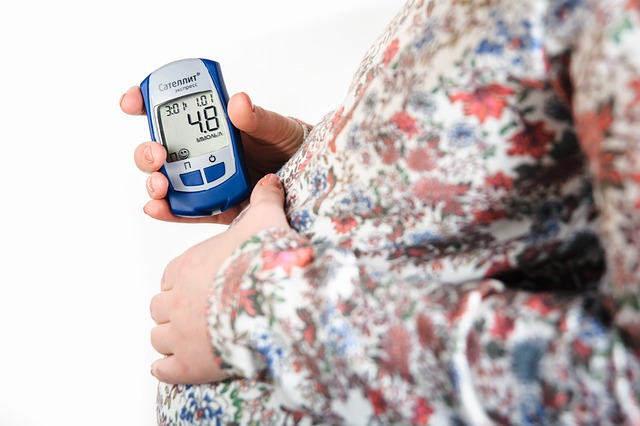At TFP Fertility, we offer blastocyst transfer as a key part of our in vitro fertilization (IVF) services. This approach is typically recommended as the standard procedure for those undergoing IVF. During the IVF process, embryos, which are fertilized eggs, are cultivated in our lab before being placed in the uterus. This transfer can happen on day two or three of development, but we often aim for the blastocyst stage, which occurs around day five. While a few days may not seem significant, those extra days allow the embryo to develop into a more complex and viable blastocyst. Our skilled embryologists can better identify the embryos with the highest success potential at this stage based on their growth and appearance, leading to improved birth rates.
At TFP Fertility, we pride ourselves on combining over 35 years of experience in fertility with compassionate patient care. As part of a wider network of clinics across Europe, we leverage extensive fertility expertise to create tailored treatment plans for each individual. Our goal is to understand your unique situation, medical history, and the best options to support your journey toward parenthood.
How Does Blastocyst Transfer Work?
The process begins with fertilizing eggs with sperm in the lab. If necessary, a single sperm may be injected into an egg using a technique called intracytoplasmic sperm injection (ICSI). This is particularly helpful for cases involving low sperm counts. After fertilization, the embryos are incubated for five to six days until they reach the blastocyst stage. Some clinics, including ours, utilize advanced incubators like the Embryoscope™ for time-lapse monitoring of embryo development, which aids in selecting the strongest embryos.
Once the best embryos are identified, typically one or two are chosen for transfer to maximize the chances of success. The remaining healthy embryos can be frozen for future use. The transfer itself involves using a thin tube to place the blastocysts into the uterus, allowing them to develop further.
Is Blastocyst Transfer Right for You?
While blastocyst transfer can enhance IVF success rates, it may not be suitable for everyone. It is particularly recommended for younger women with healthy embryos and those over 38 or with previous unsuccessful IVF attempts. If you’re uncertain whether this method is right for you, our team will take the time to understand your medical history and discuss the best options tailored to your needs.
Risks and Advantages of Blastocyst Transfer
It’s important to note that not all embryos will develop into blastocysts. There is a risk that some may stop developing, rendering them unsuitable for transfer. However, if blastocyst transfer is the right choice for you, there are significant advantages. This method decreases the likelihood of multiple pregnancies while increasing overall pregnancy and birth rates. Furthermore, the embryos that are not transferred can often survive the freezing and thawing process, giving you options for future attempts.
What to Expect After Your Blastocyst Transfer
Following the transfer, it typically takes about nine days for hormone levels to rise and for pregnancy to be detected. Here’s a breakdown of what happens in the days following the transfer:
- Day 1: The blastocyst begins hatching from its shell.
- Day 2: The blastocyst starts to attach to the womb.
- Days 3-4: It continues to implant deeper into the uterine lining.
- Day 5: Full implantation occurs, and early development begins.
- Day 6: The hormone hCG starts to be released into the bloodstream, indicating pregnancy.
- Days 7-8: The hormone levels continue to rise.
- From Day 11: hCG levels become detectable in blood or urine tests, confirming pregnancy.
If you’re considering donor sperm for IVF due to low sperm count or other reasons, we can assist you with that too. For more detailed information about this option, check out one of our other blog posts on unexplained infertility here. Additionally, if you’re looking for at-home solutions, you can explore the artificial insemination kit that offers a convenient approach to fertility. For comprehensive insights into pregnancy week by week, be sure to visit this resource.
In summary, blastocyst transfer at TFP Fertility is a well-established procedure that can significantly improve your chances of successful IVF. Our dedicated team is here to guide you through every step of this process, ensuring you receive the best care tailored to your needs.

